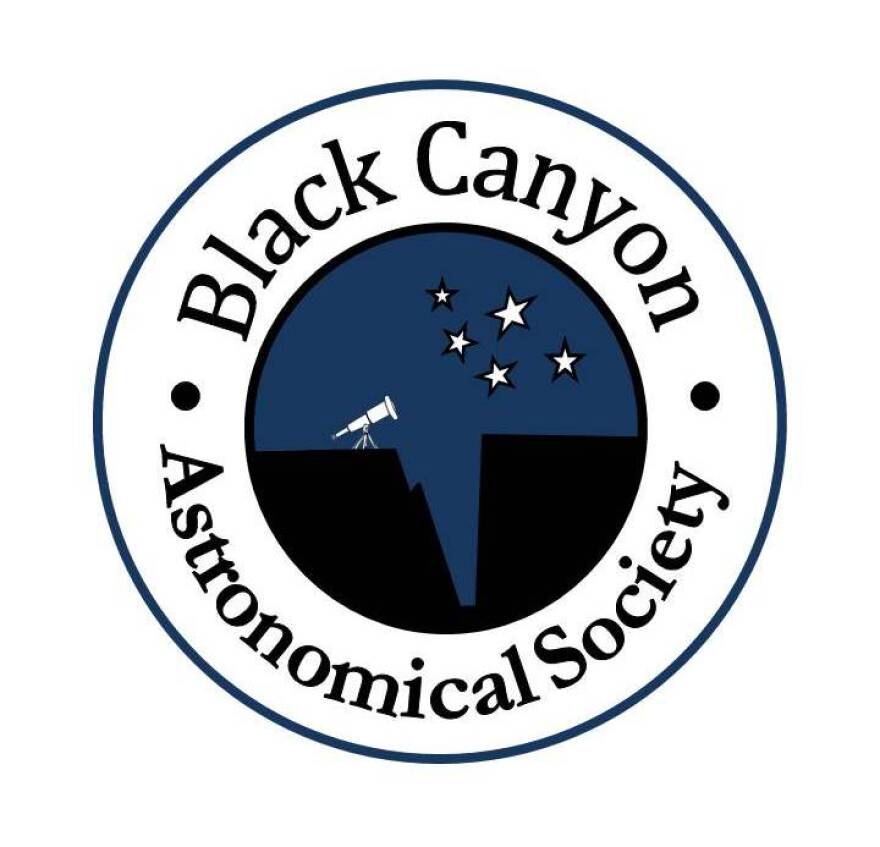A few months ago, we toured the Galactic Menagerie in the sky. Today, let’s take flight and do some birdwatching!
There are nine avian (bird) constellations in the modern list of 88 constellations. Of these, four are visible from western Colorado at various times of the year. The brighter stars in all four are visible to the naked eye.
Corvus, the Raven or Crow, is visible now in the evening due south. Its most distinguishing characteristic is the skewed rectangle of four moderately bright stars. Corvus has been identified as a raven since in 1100 BC. Corvus is located next to Hydra and Crater, the Cup. One legend tells of the raven angering Apollo who had sent the bird for water. Apollo punished the bird by placing him in the sky on the tail of Hydra, the Snake and near the cup. Corvus is doomed to always be thirsty but can never reach the cup. Superman’s home planet, Krypton, was located in Corvus and the Smallville mascot is the crow.
Another constellation with four distinct stars is Aquila, the Eagle. Aquila contains Altair, one of 3 bright stars comprising the Summer Triangle. We see very few star clusters and bright nebulae in Aquila, because nearby interstellar dust absorbs their light.
Another star in the Summer Triangle is Deneb, located in our fourth bird, Cygnus, the Swan. Deneb is the tail of the swan. In fact, Deneb means tail in Arabic. The Swan is easily observed, including its long slender neck and slightly wind-swept wings. The five stars that comprise the body of Cygnus are also the Northern Cross asterism. Unlike Aquila, Cygnus contains many star clusters and nebulae. A partial list includes the North America Nebula, the Pelican Nebula, the Veil supernova remnant. It also contains Albireo, a colorful double star.
You will have to wait until next winter to see Columba, the Dove. From our latitude, Columba just skims the southern horizon on February evenings.
If you ever travel further south, perhaps even to the southern hemisphere, see if you can find Grus (Crane,) Apus (Bird-of-paradise,) Pavo (Peacock,) Tucana (Toucan,) and Phoenix.

Western Slope Skies is produced by members of the Black Canyon Astronomical Society. This episode was written and recorded by Bryan Cashion.


